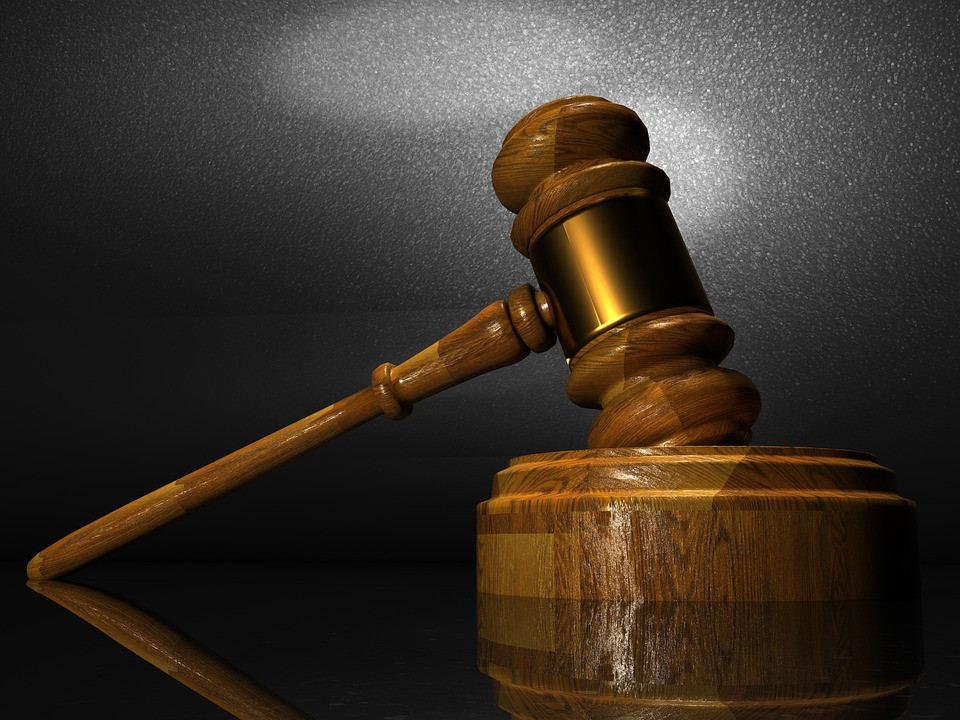Q: There are people who have spent time in prison, some for many years, who later are released because they were innocent. How do you prove you were innocent after you were convicted of a crime?
D.T., Mission Viejo
A: The integrity of our criminal justice system depends on its accuracy — a fair trial that results in convicting the guilty and clearing the innocent. Unfortunately, and very sadly, wrongful convictions occur. This means an individual was factually innocent, but convicted of the charges, and/or that there were procedural errors that violated the rights of the convicted defendant.
First, there is a direct appeal process after conviction, which may run its course. Once the individual has reached his or her final appeal stage, a “writ of habeas corpus” may be pursued. This involves setting forth the basis or bases to show the individual is entitled to relief from the conviction, such as because of prosecutorial misconduct, ineffective assistance of counsel or due process violations.
The “actual innocence” claims we read or learn about often arise from fresh evidence. This is in addition to the grounds for habeas corpus referenced above. One of the important ways of establishing innocence today is post-conviction DNA testing. Biological evidence retained in cases from the pre-DNA period may be retested. Samples that did not provide conclusive results then are now subject to more advanced analysis.
Thus, a new trial may be in order; or the prosecutor and/or the court declares that the charges should be dismissed. In some instances, a state governor may take steps to free the wrongfully convicted. To be certain, considerable effort typically goes into overturning a conviction. Thankfully, there are some groups and lawyers who dedicate themselves to this heavy, but very important and challenging task.
Q: People are going to trial, some after a lot of publicity. They are deemed guilty in the eyes of the public. So, where does this notion…
Read the full article here







